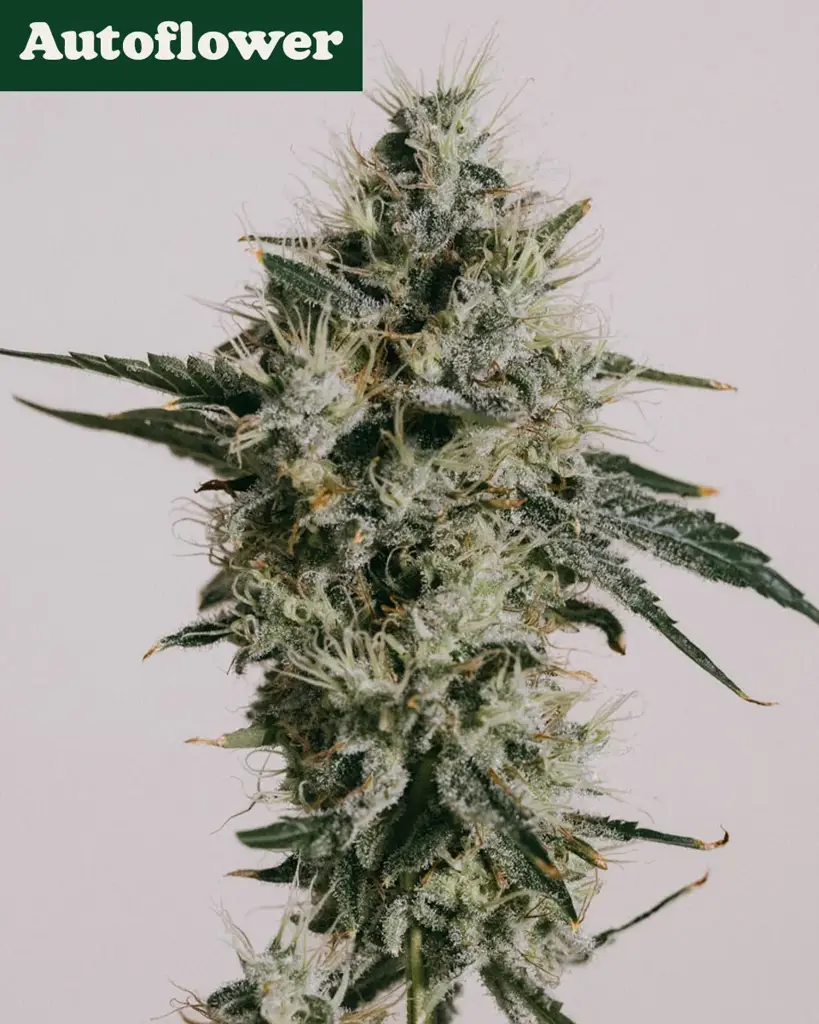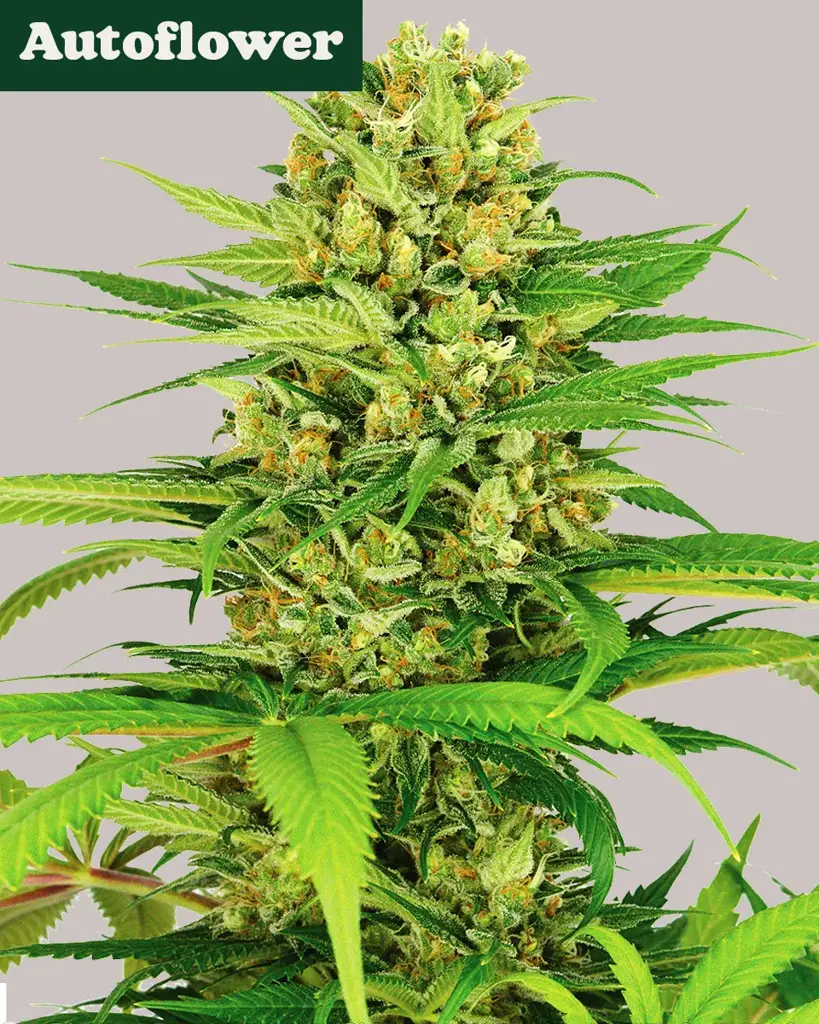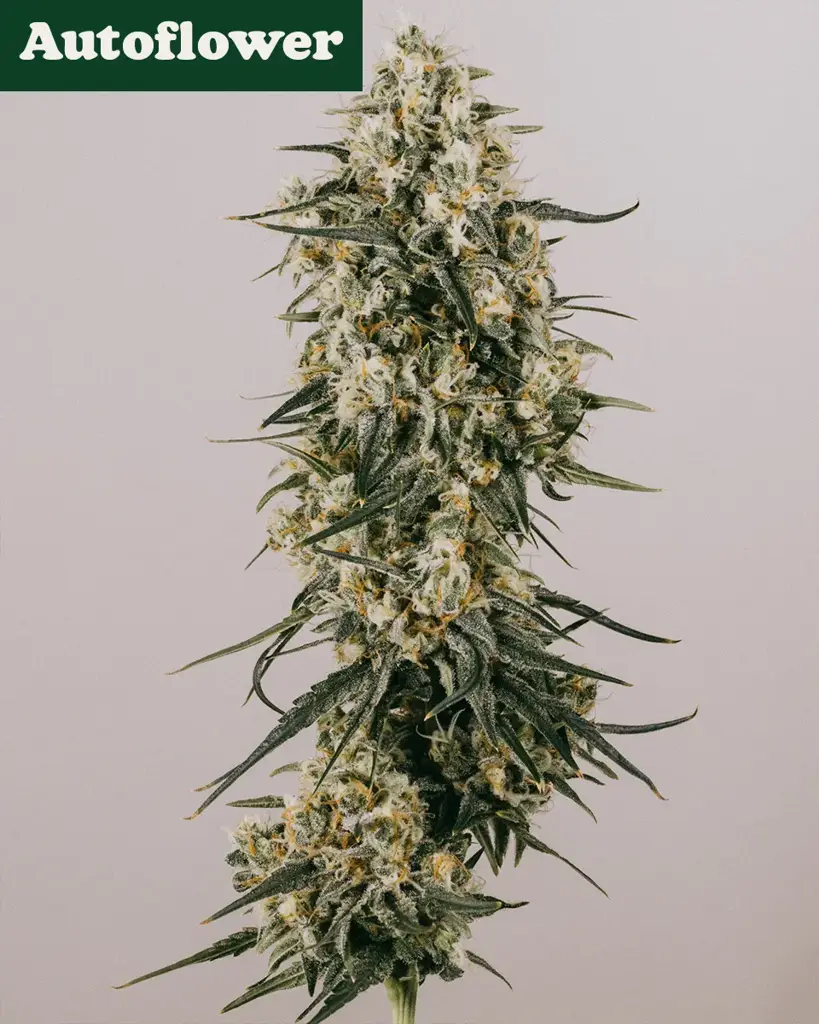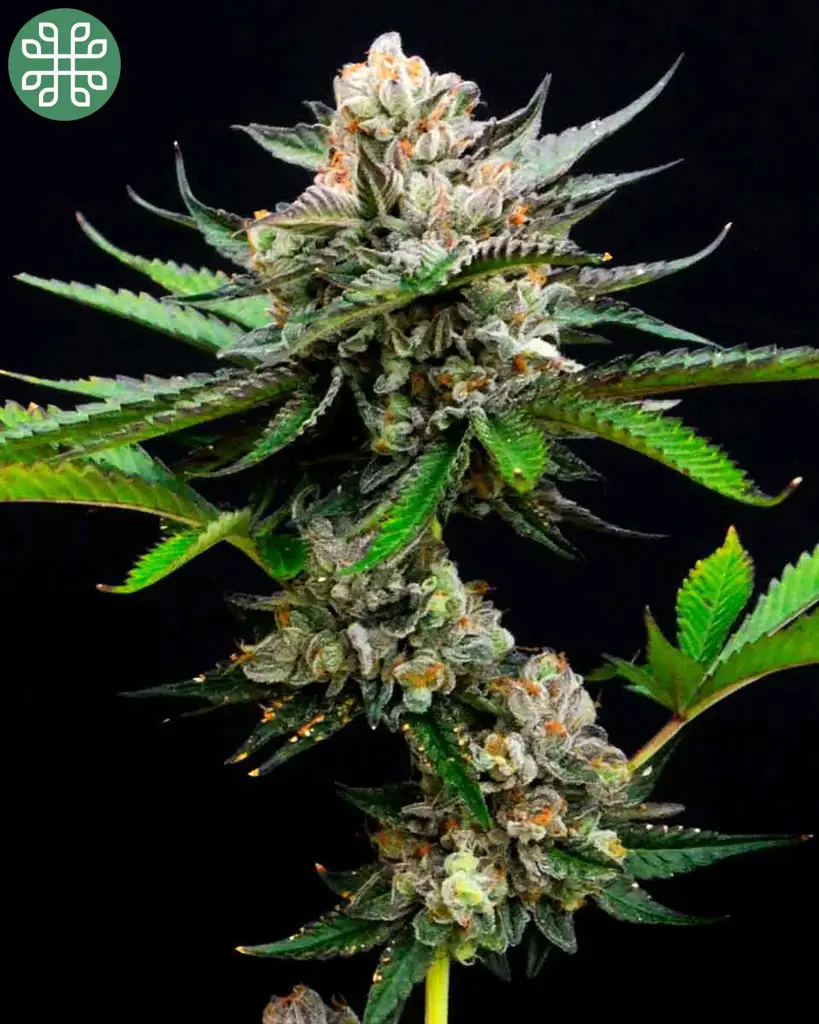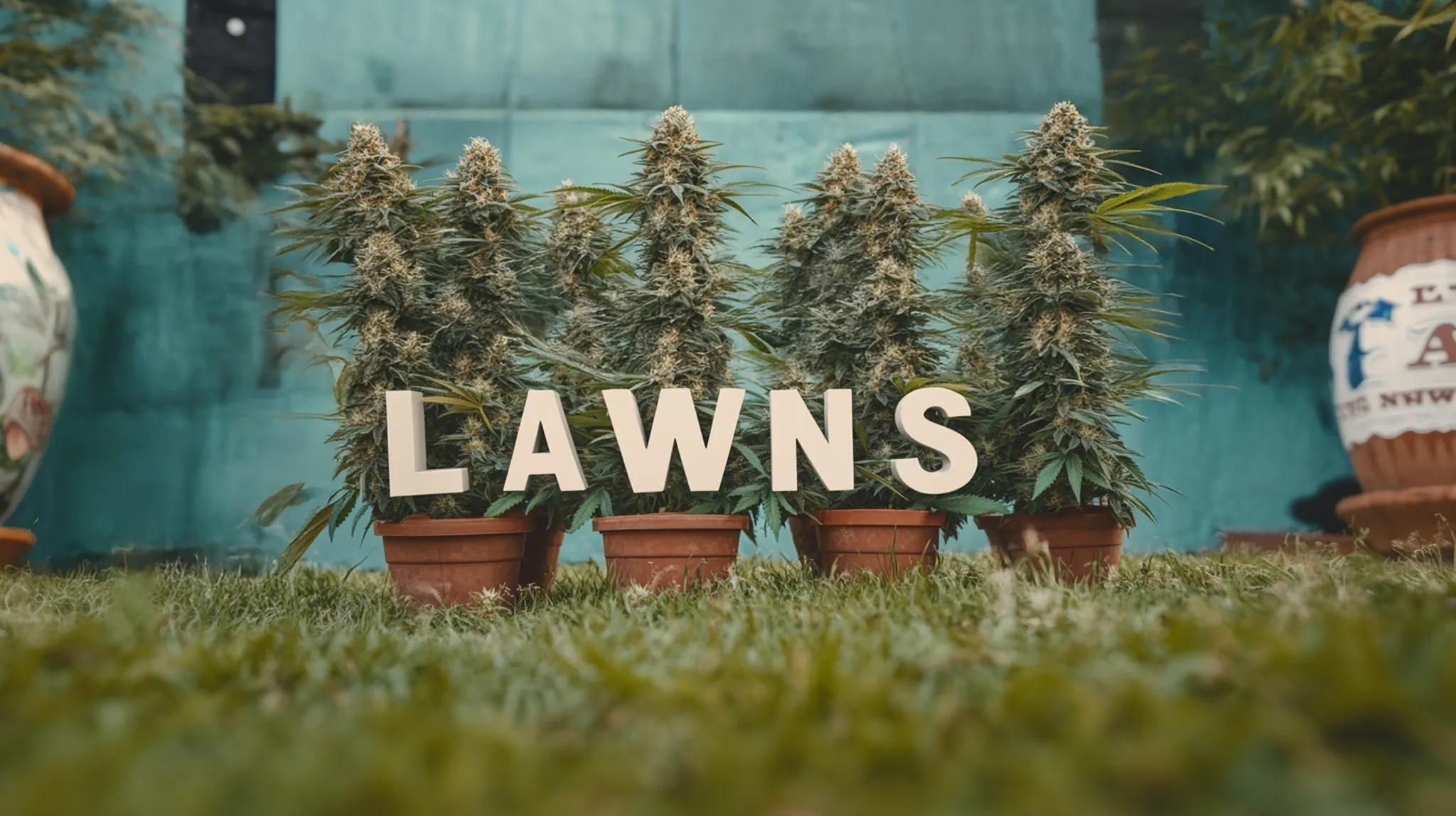Table of contents
Today, we are combining the two to make you an educated and elevated grower. Imagine growing the best flower of your life but not remembering exactly how you did it. Cannabis grow journals do all the remembering for you.
TL/DR
Journaling in a 'cannabis diary' can make you a better grower
High-tech spreadsheets or low-tech notebooks work equally well
Grow Diaries help dial in feeding regimens
Analyze data from previous grows to find limiting factors affecting total yield
Detailed notes about the effects can help you find your ideal strain
What is a Cannabis Grow Journal?
A cannabis grow journal is a collection of details that affect your grow. Temperature, humidity, watering frequency, nutrient amounts, lighting, and plant progress are all items we can keep track of. A good cannabis grow journal allows home growers to look at past growing successes and use that information to plan future grows. Growers can also trace back past mistakes to avoid in the future and identify the parameters to aim for to achieve outstanding harvests.
A large part of cannabis cultivation is trial and error; if you aren’t taking notes, are you giving it your best effort?
Our Bestsellers
What Tools Do You Need to Keep a Cannabis Journal?
Good news: I’ve been using a pen and notebook for over a decade. Over the past few years, home growers have gained access to tools like Pulse Pro and the Controller 69 from AC Infinity. These tools will monitor and record the important details in real-time and allow you to access them directly on your phone.
 Controller 69 from AC Infinity's website
Controller 69 from AC Infinity's website
There is no such thing as a perfect tool, but mastering the tools at hand is the key to …..kick ass weed.
- Herb M. Green
Keeping a cannabis grow journal can be as high or low-tech as you’d like to make it. The important thing is that you have a standardized format that collects the same data during each grow and keeps that data in a format that is easy to reference and compare one grow to the next.
Keeping Track of Your Cannabis Plant's Lifecycle
Keeping track of the cannabis plant’s lifecycle helps indoor growers plan for the size of finished plants. It also provides a roadmap for what and when to feed them.
For outdoor growers, knowing the date that you started or moved your plants outdoors, as well as the harvest dates, is quite handy info to keep track of. Knowing this information can help outdoor growers find a future strain that suits their climate.
Things to Note Before Popping Your Seeds
I like to keep track of a few things before I pop my seeds. All of my grow journals start with this information:
Breeder
Strain name
Lineage (if possible)
Regular or feminized
Photoperiod or autoflower
Media of choice - soil, coco, rockwool, DWC, etc.
Tracking Different Germination Methods and Times

There are many ways for growers to germinate seeds. You can learn more about how to germinate cannabis seeds in our guides. Here are my top three methods:
If using the paper towel method, I like to track the room temperature and humidity and how often I need to re-moisten the paper towels.
If using a glass of water, I track how many seeds sink and how many float. Of those two groups, how many cracked open and grew a tap root? What was the water temperature and pH?
If sowing directly into the soil, I keep track of the size of the pot it was placed in and how much water I initially added. It is also worth logging how often and what volume of water was given during the sensitive seedling phase.
Tracking Plant Size and Growth Rate
An ideal canopy is level, but not all plants grow at the same rate or finish at the same height. Having this information about the strains in your garden can help when selecting new strains to run alongside your favorites.

Tracking The Vegetative Phase
During the vegetative cycle, I like to track these factors on a bi-weekly basis:
Height from the base of the soil
Internodal spacing
Number of blades on each new leaf
Light intensity
I also track these morphological traits
Are the blades of the leaves thin, average, or wide
How often does it require defoliation
Do the side branches catch up to the height of the main stem
Did I apply any plant training techniques? If so, which? (topping, LST, lollipop, SCROG, etc.)
Tracking The Flowering Phase
During the flower cycle, these are my top ten important factors to track:
How much does the plant stretch?
How many days until pistil/stigma formation was evident?
When does trichome formation begin?
At what point do I detect an odor when opening the tent door?
What shape are the buds and main colas (conical, golf ball, spear, chunky, foxtails)?
Are the buds dense or airy?
At what point do I see the first pistils/stigmas turning brown?
When do I see the extra swelling of the bracts that usually occurs a few weeks before harvest?
When do I start to see mainly cloudy trichome heads?
When do I see the number of amber trichome heads increasing rapidly towards the 10% goal?
Plant Stress or Deficiencies

Cannabis plants often don't show deficiencies in the leaves until two to three weeks after the problem starts. Keeping good notes allows growers to anticipate deficiencies and track recovery speed for specific solutions.
Many things can stress a cannabis plant, and these factors, together or individually, will often change the outcome of your final yield.
By journaling these variables, you can dial in what works for your strain of choice over the course of a few grows.
Drying/Curing
Few things are more devastating than a great grow and a bad cure. Months of hard work can be for nothing if the cure isn’t on point.
As homegrowers, there are some general guidelines to follow when curing cannabis properly. When journaling the details of my cure, I like to include the following:
Things to note during the drying stage
Temperature
Humidity in the room
Humidity in the middle of the drying plants
Touch - soggy, soft, dry leaves, crusty outer layer on buds, water heavy or lighter from reduced moisture
How long did the plant hang to dry
Was the plant hung whole, or were branches removed and hung separately?
Were the plants crowded together while drying, or did they have good spacing? (This will influence drying times.)
Airflow - Was there a fan, and what speed was it set to? Did it circulate around the plants, or was it directly hitting them?
Things to note during the curing stage
Feel of the buds before jarring (texture, density, weight)
Size of the buds - are they all large colas or broken into smaller “nugs”
After two hours of being sealed, how much wetter did the buds feel compared to when they were jarred?
How often are the jars burped, and for what duration?
Smells - do they change, do they get stronger, do they fade away
How long until the buds are at their optimal moisture level? When could you safely seal the jars for storage?
Keeping a Log of What You Feed Your Cannabis Plants

Growing cannabis can be a lot like baking. People can follow a proven recipe to achieve success. With cannabis, the plant's life stage, the size of the root zone, and other environmental factors can influence the frequency and amount of nutrients needed.
Below are a few key things I like to track in my own grow journals
Watering: PH, EC, and frequency
The pH of the water or fertilizer mix is important because nutrients are only plant-available within a certain pH range. Using the wrong pH too often can make you think there is a nutrient deficiency when there actually isn’t.
Electrical Conductivity (EC) is an important number to track because it represents the nutrient load of the feed solution. These EC numbers (nutrient load) will be increased as the plant matures. Parts per million (PPM) is a similar measurement, but tracking EC is preferred.
Overwatering is the main killer of seedlings. By recording watering volumes , growers can create a blueprint for all future grows. Small root zones will need less volume and less frequency, but as the plant grows, these demands increase.
Nutrient Regimes and Schedules
Synthetic growers have the luxury of fast results. Organic growers need proper planning to provide the right nutrition at the right time. Many organic inputs take weeks to become plant-available.
Synthetic or organic, it doesn’t matter, for both the same rule applies: keeping track of the amount and frequency of nutrients given will help growers achieve maximum yields.
Light Intensity and Schedules

Fully flowering plants will require more light intensity than a week-old seedling. There are two popular options to control this: raise/lower the light or use the dimmer. Tracking the results allows you to determine the appropriate hanging height.
Various light schedules can be used during the vegetative stage. Our articles recommend the best light schedules for your autoflowers and your photoperiod cannabis light cycle.
First Grow?
Recording Changes in Your Cannabis Grow Environment
Tracking the environmental conditions daily may seem like a chore at first, but they are among the most important variables to track.
Temperature and Humidity of Your Grow Space
If a grow tent is too cold, cannabis plants won’t grow as fast. If the humidity is too high, there is a greater likelihood of powdery mildew (PM) or botrytis (bud rot). Temperature and humidity work in tandem to create an important variable known as vapor-pressure deficit (VPD).
Growers can calculate their VPD by knowing the temperature and humidity in the grow tent and then referencing our cannabis VPD chart.
Airflow and Ventilation
Without air movement in a grow tent, the odds of a successful harvest plummet. That is why we wrote an entire series of articles dedicated to air ventilation. Controlled wind can help build stronger plants and branches, but too much can be damaging.
Until growers figure out where that line is for the different life stages, it might be a good idea to journal the fan speed. And other ventilation settings.
End Product Consumption Journal

Each consumer has a goal in mind, some focus on the smell and flavor of the buds, others on effects, or all of the above. This is how I use a journal to track the quality of my dried flowers once I get to smoke them.
Appearance
Color is the first thing that strikes the eye. Are the flowers purple, or are they green? What color are the stigmas? Do they stick out, or are they retracted into the bracts? How dense is the trichome coverage? Does it look like the buds got snowed on? What shape are the buds? Are they dense or loose?Aroma
A general way to group cannabis scents is to categorize them as fruity, floral, earthy, or gassy. I also like to record whether the flower has a single-note or complex profile with many contributors. Does the smell in the jar match the smell of the freshly ground bud?Flavor
Does the flavor match the aroma? How long does the taste linger? Does it coat my mouth? Is the flavor from the first hit of a joint the same as a hit from the end of the joint?Ash color
Was the ash color white, black, or something in between? Many believe that extra nutrients in the leaf tissue can affect the ash color, turning it black. A high moisture content is thought to produce a greyer ash. In both circumstances, changes can be made on the next run if you take good notes.
Effects from both different strains and different methods of ingestion are worth journaling. In addition to narrowing down your favorite strains, recording this information can act as a dosage guide for when you want to make edibles.
Below are my top 10 criteria for evaluating effects.
Time of consumption
Is this my first consumption of the day
Method of consumption - Edible, topical, suppository, tincture, flower, hash, concentrates, vape, etc.
Dosage - In milligrams for edibles and THC percentage (and the number of puffs) for flower/hash/concentrates
Onset - Were the effects immediate, or did they take some time to kick in?
Physical change - Am I relaxed, tingling, tense, tired, energized, etc?
Mental change - Am I happier, creative, at ease, social, agitated, confused, etc?
At what point did I feel the effects level off?
How long until the effects wore off or until more was consumed?
Do I feel groggy or sluggish hours later or the morning after?
Conclusion
Keeping a detailed grow journal can help you become a better grower and guide you in selecting strains that have your desired effects. By using this outline as a basis for your cannabis grow journal, you can save yourself from headaches and heartaches in the grow room. If the flower from your most recent grow is impressing you, compare the variables in that grow to other grows that didn’t turn out as favorable. What changed?
Old school growers used to frequently talk about how their indoor “winter crop” always finished with the highest amount of aromas compared to any other time of the year. As they began to journal and experiment with more environmental controls, it was discovered that cooler temperatures helped preserve the terpenes; hence, their winter crops were always the best-smelling. With good marijuana journaling practices, you, too, can unlock some of the plant's mysteries.

Have you ever used a cannabis grow journal? What sort of information do you find the most helpful to record? Please let us know in the comments and help us to make everyone's growing experience a great one. Happy harvests!
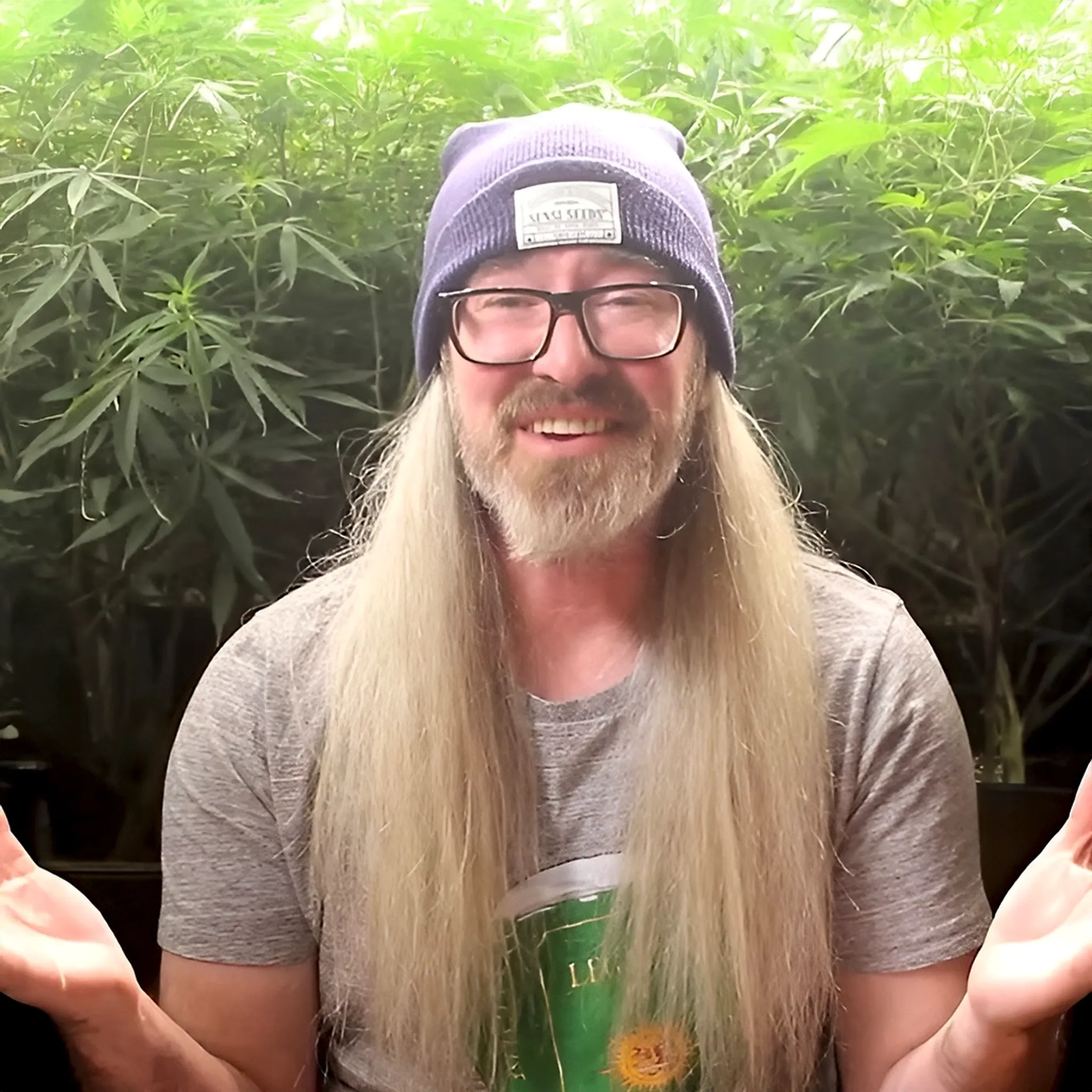
Chad Westport
Chad Westport, a lifelong grower, breeder & cannabis educator, specializes in controlled environment ag with a degree in sustainability.
Continue Reading
You might also find these interesting.





